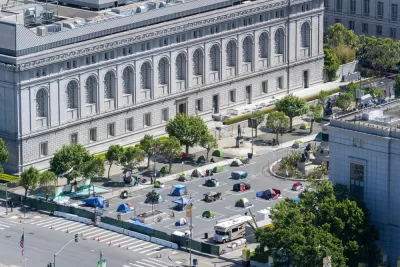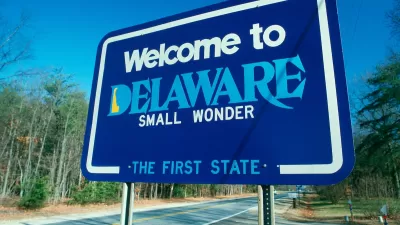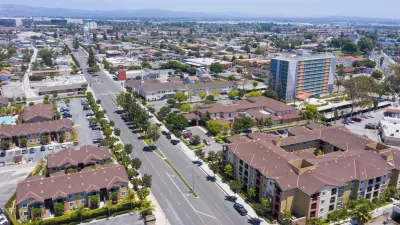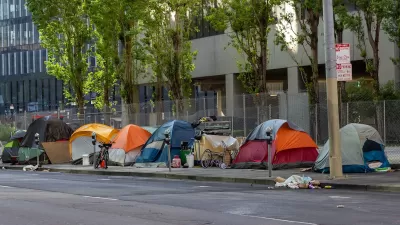While the city saw fewer people experiencing homelessness for the first time in years, homelessness across six Bay Area counties grew by 8 percent.

As we noted in a recent story, the number of people experiencing homelessness in San Francisco is lower for the first time since 2015. But just across the bay in Contra Costa and Alameda counties, the picture is less rosy: Contra Costa County’s population of unhoused residents rose by 35 percent, while Alameda’s jumped by 22 percent.
Lauren Hepler, Sarah Ravani, and Yoohyun Jung of the San Francisco Chronicle report on the new numbers. “Six of nine Bay Area counties released estimates on Monday: Alameda, Contra Costa, Marin, San Francisco, Santa Clara and Sonoma. They posted a combined 8% increase in the regional homeless population, up to 34,636 people this year compared with 32,043 three years ago.”
“Housing advocates say the crisis is decades in the making, with California lacking some 2.4 million affordable homes for low-income households after years of neighbors and local politicians blocking new development, plus high building costs.” This despite “the unprecedented measures that public agencies took to get people off the streets during the pandemic: paid hotel rooms, sanctioned tent cities, tiny home villages and all manner of encampment sweeps.”
“To more systematically address the underlying lack of housing, groups including [founder and CEO Tomiquia Moss’s] All Home estimate that the region would need to spend at least $6 billion to slash the Bay Area’s unsheltered homeless population 75% by 2024.” The source article details the funding allocated by the state so far, as well as the various responses undertaken by California cities to address the crisis.
FULL STORY: Homelessness surged 35% in one Bay Area county. Here’s what new data for each region reveals

Montreal Mall to Become 6,000 Housing Units
Place Versailles will be transformed into a mixed-use complex over the next 25 years.

Planetizen Federal Action Tracker
A weekly monitor of how Trump’s orders and actions are impacting planners and planning in America.

DARTSpace Platform Streamlines Dallas TOD Application Process
The Dallas transit agency hopes a shorter permitting timeline will boost transit-oriented development around rail stations.

Study: 4% of Truckers Lack a Valid Commercial License
Over 56% of inspected trucks had other violations.

Chicago Judge Orders Thousands of Accessible Ped Signals
Only 3% of the city's crossing signals are currently accessible to blind pedestrians.

Philadelphia Swaps Car Lanes for Bikeways in Unanimous Vote
The project will transform one of the handful of streets responsible for 80% of the city’s major crashes.
Urban Design for Planners 1: Software Tools
This six-course series explores essential urban design concepts using open source software and equips planners with the tools they need to participate fully in the urban design process.
Planning for Universal Design
Learn the tools for implementing Universal Design in planning regulations.
City of Mt Shasta
City of Camden Redevelopment Agency
City of Astoria
Transportation Research & Education Center (TREC) at Portland State University
US High Speed Rail Association
City of Camden Redevelopment Agency
Municipality of Princeton (NJ)





























